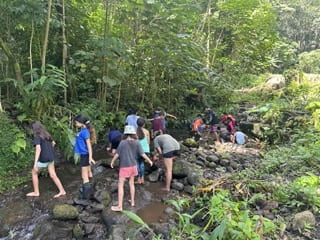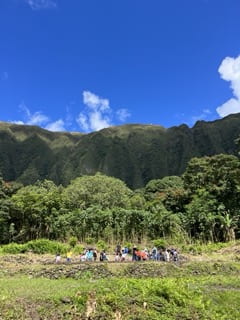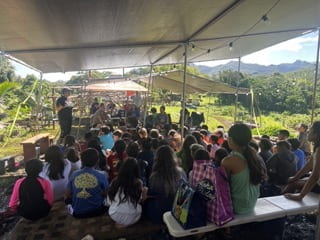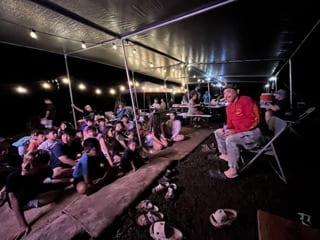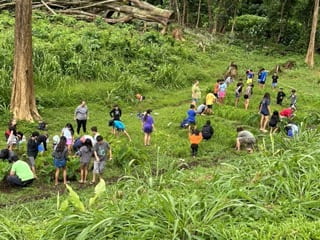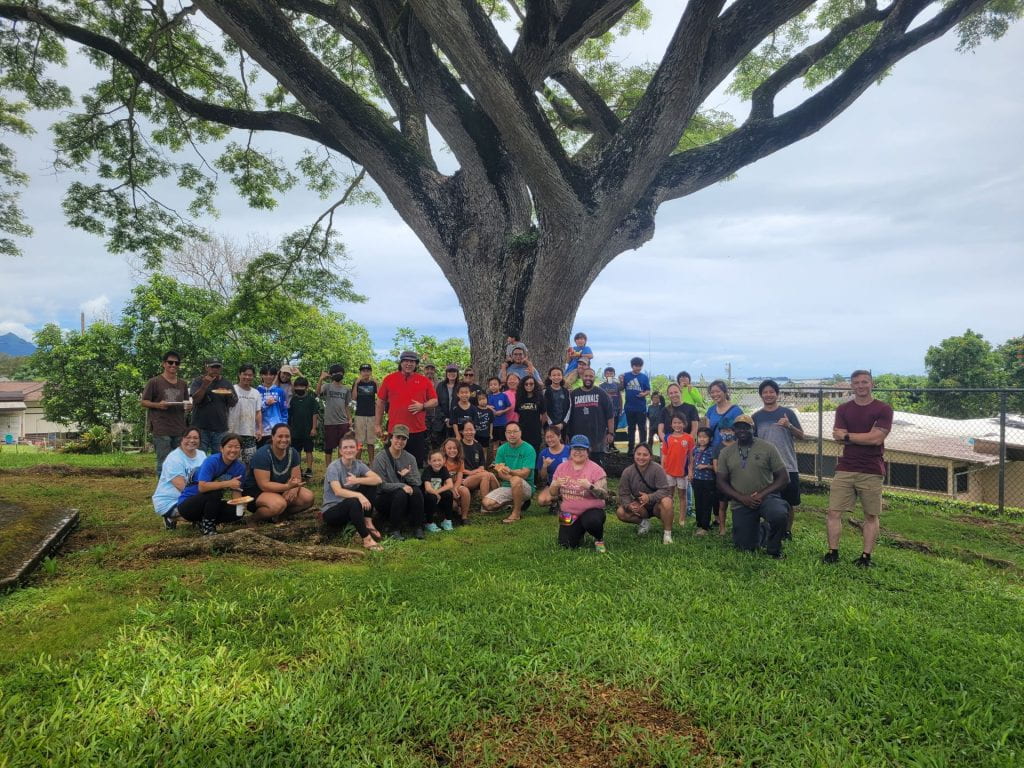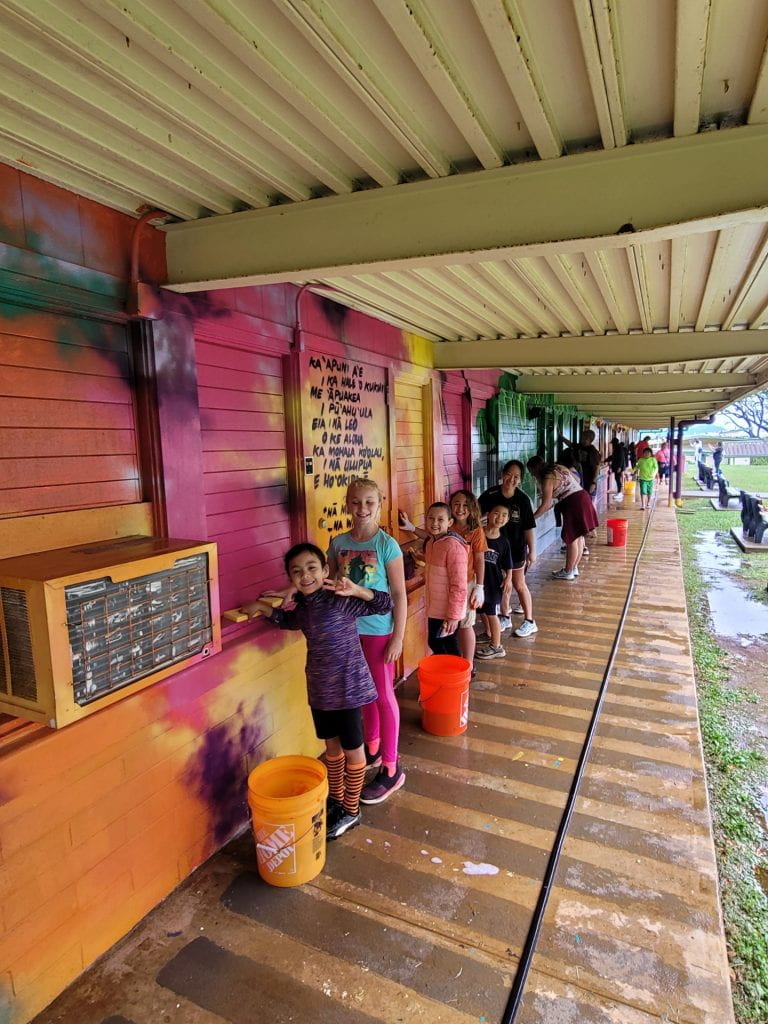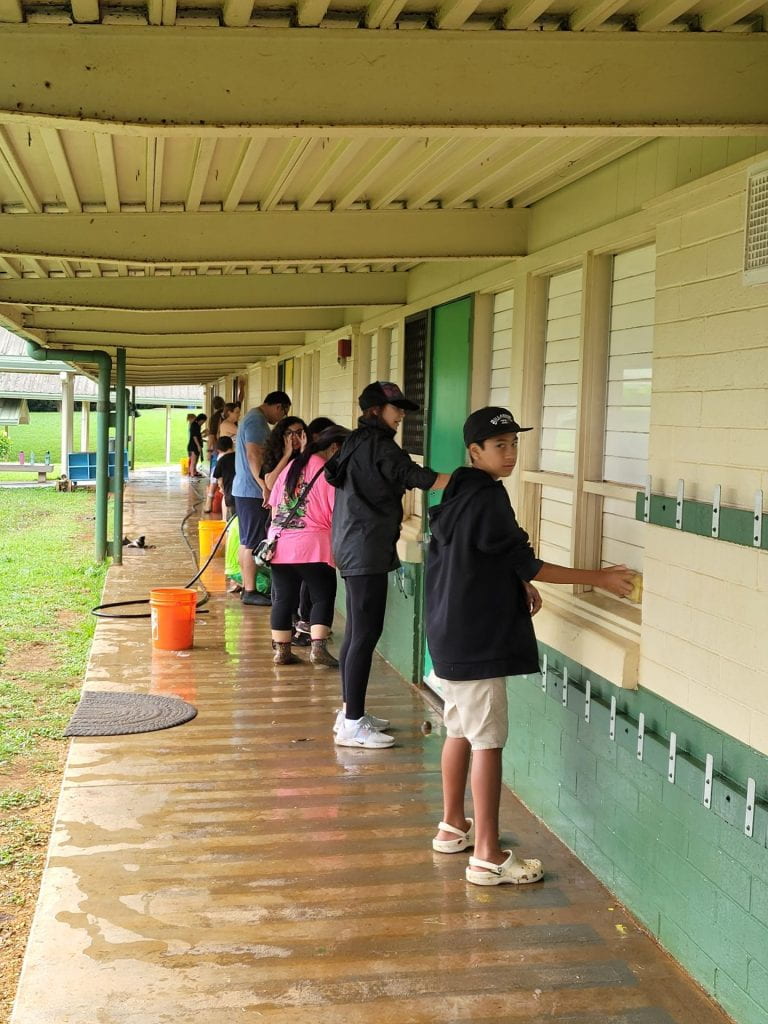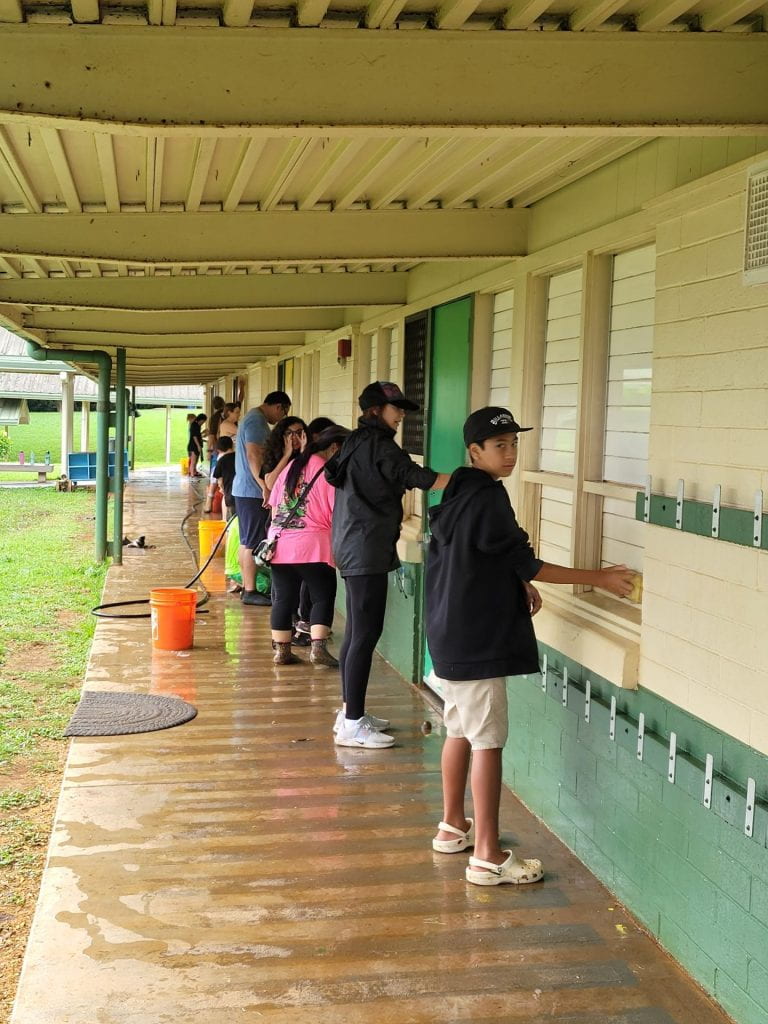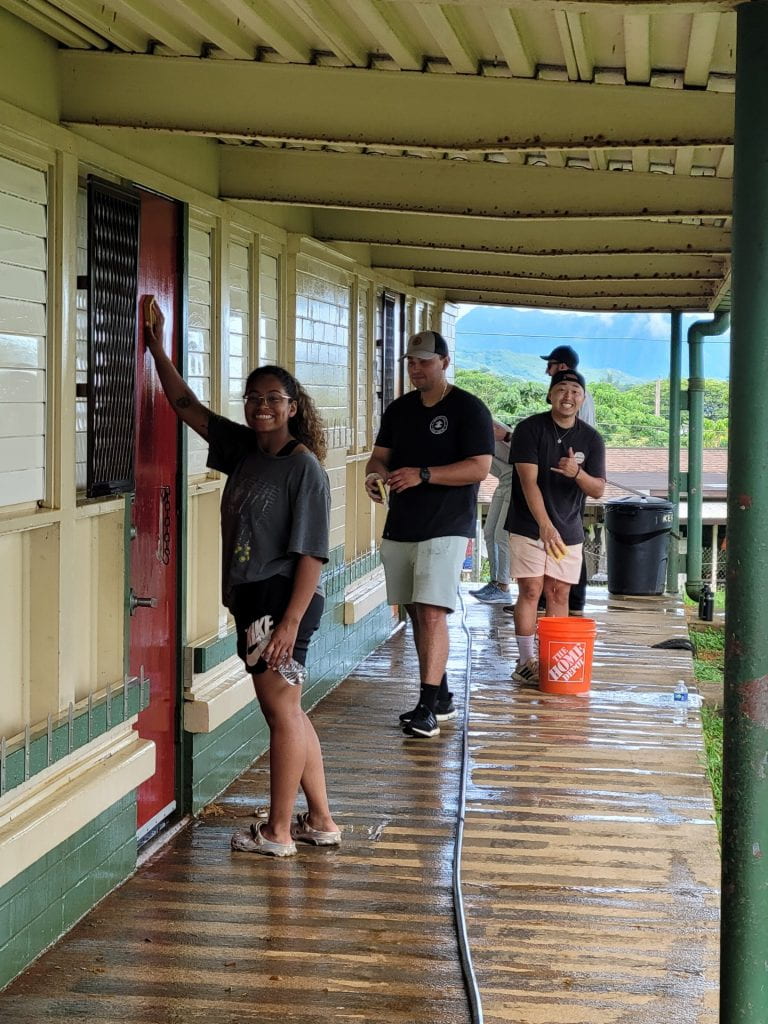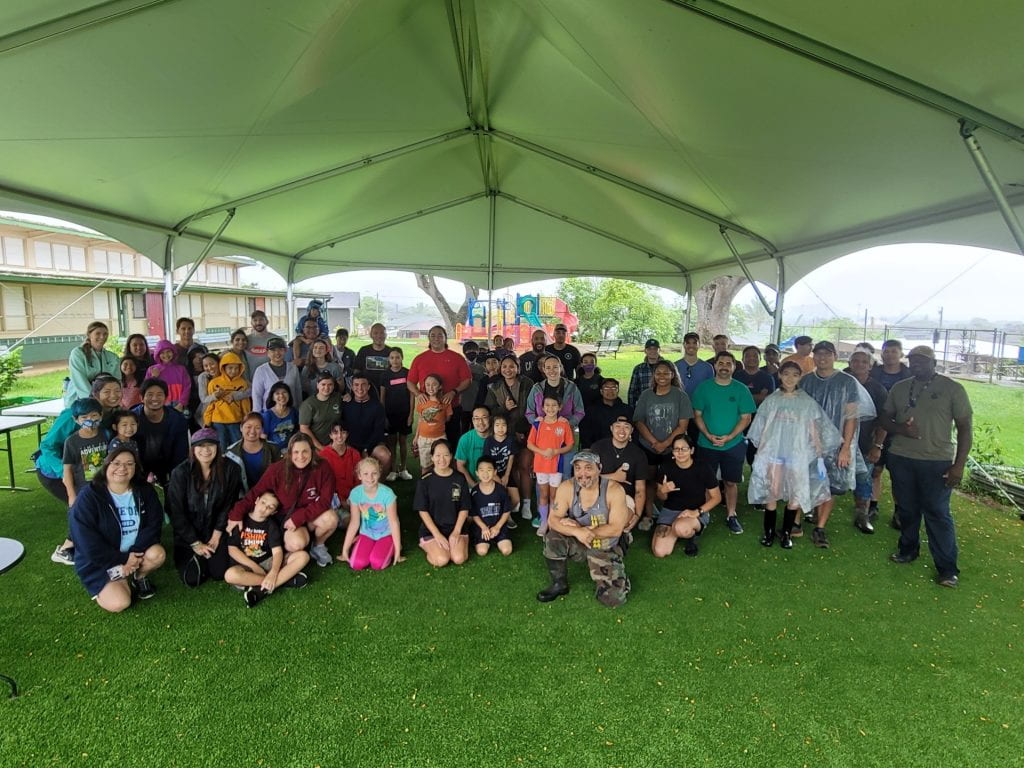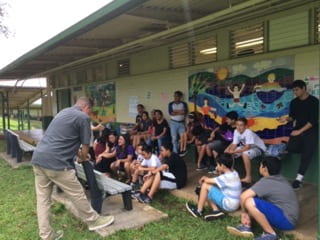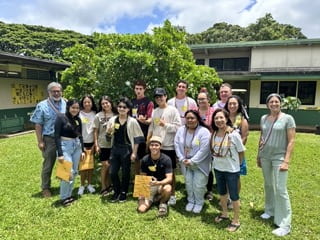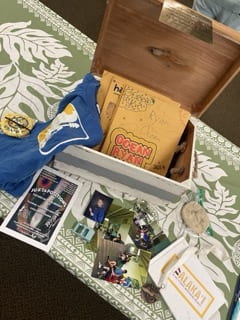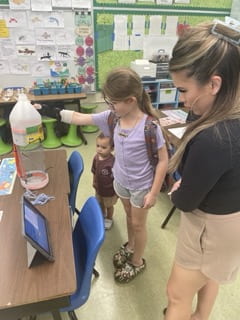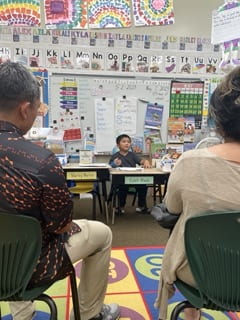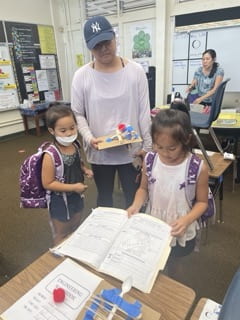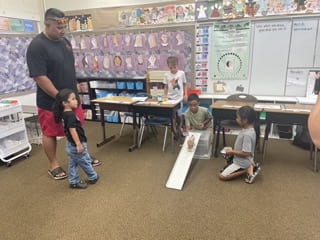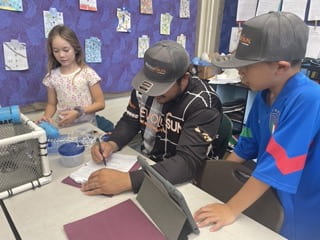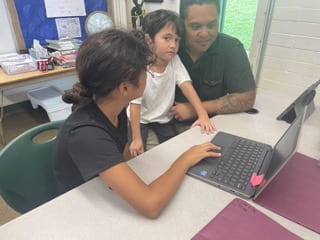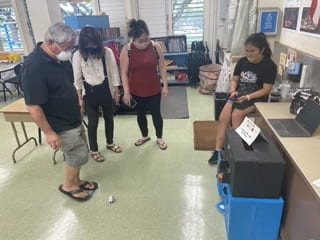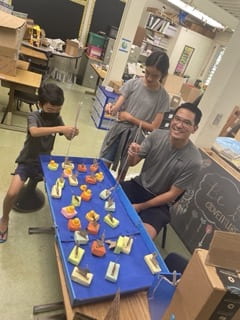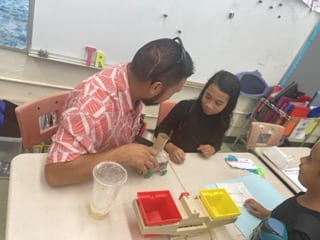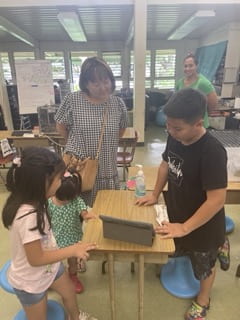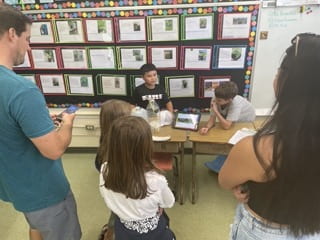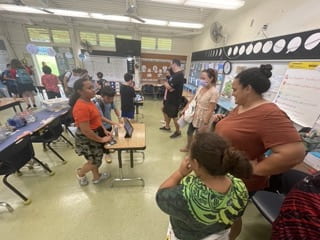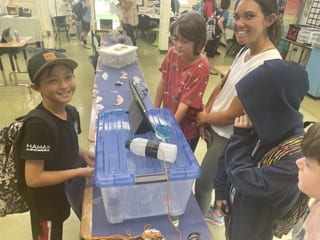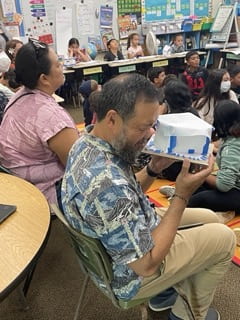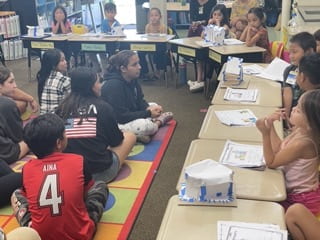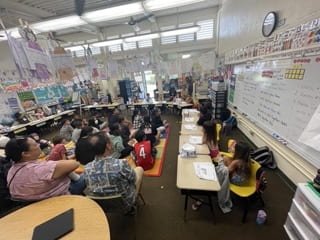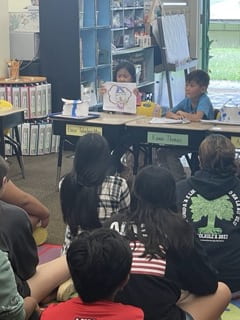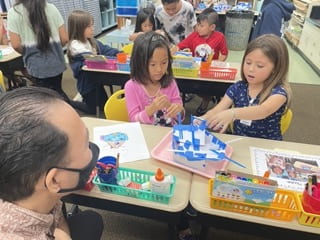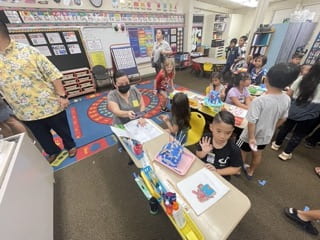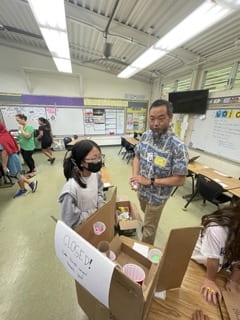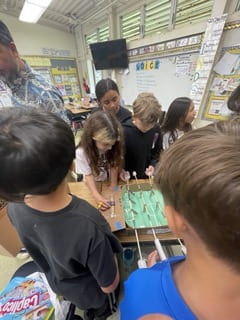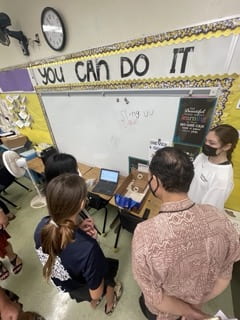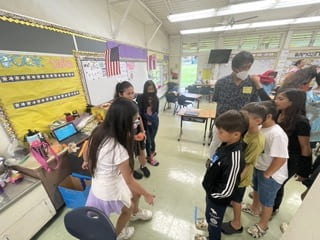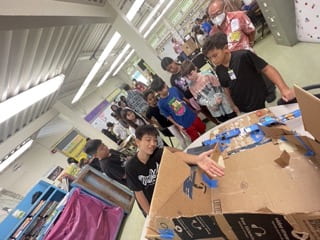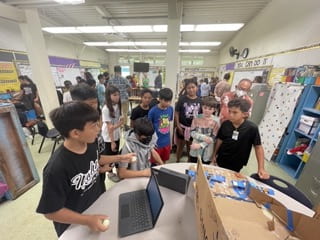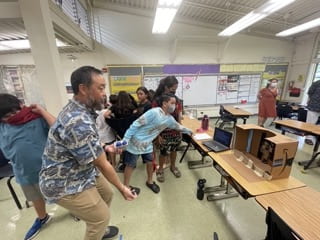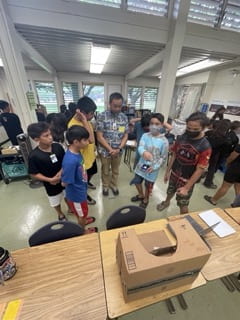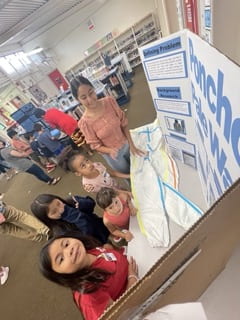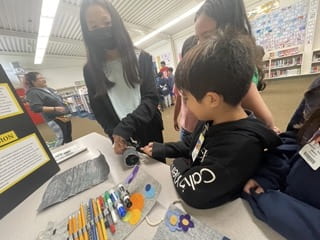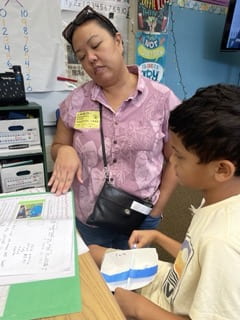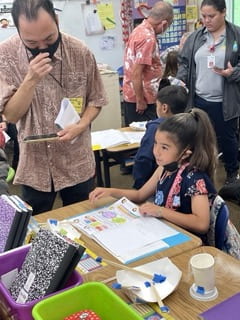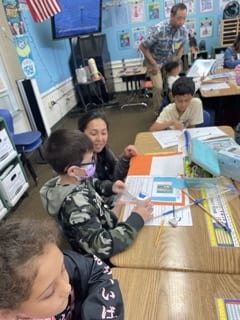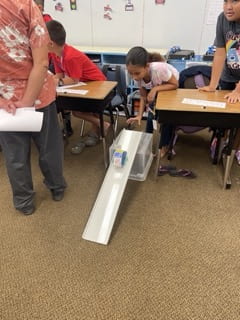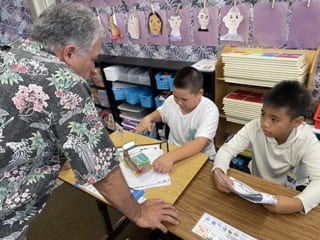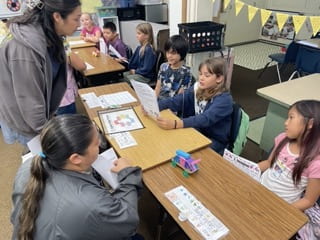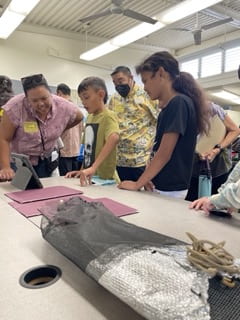Redup. of haʻa; low, lowly, minimum, humble, degraded, meek, unpretentious, modest, unassuming, unobtrusive; lowness, humility.
Pukui, Mary Kawena, Hawaiian dictionary : Hawaiian-English, English-Hawaiian
ALOHA FOCUS FOR THE WEEK: HAʻAHAʻA
Our mission at Kāneʻohe Elementary is to inspire all to embrace learning and discover passions with aloha at our core. But what does that look like in practice? How do we know when we have realized this mission with our students? Sometimes students write a letter to me as part of class assignment. While wonderfully written and persuasive, I’m unsure if it stem from their passions or if they are inspired. During these times, I remind myself to be haʻahaʻa and set aside my assumptions or judgements. I look beyond the words on the paper, ask questions, and listen for passions that have been ignited. This week, I was blessed to experience that inspiration from one of our students, inspiring me to ask, “Who wants to help build Buddy Benches?”
As a teacher, one of the most fulfilling joys is seeing students’ eyes light up when they finally “got it.” When the lesson clicks and they not just understand, but can see all the different applications tied to that learning. It’s like Dorothy landing in Oz and seeing the entire world in color. For example, when I taught freshman physics, I tried to help students see a relevance to the periodic table and the different elements. They learned that the most abundant element in the universe is hydrogen, the primary component of stars. Humans, on the other hand, are primarily composed of oxygen and carbon – much more complex elements than hydrogen. And the only way oxygen and carbon could have been created and deposited onto our planet is to be forged deep within the core of a star which then exploded, scattering its dust across the galaxies. Once students realized they were literally composed of stardust, they started to see themselves differently…more special…connected to the constellations in the night sky.
So what could top that? For a teacher, it’s getting the validation that students took something you’ve taught them and used it to make the world a better place. A few months before the pandemic, one of my former students, Jefferson, arrived on our campus unannounced. I immediately recognized him although he now sported a goatee and it had been 20 years since we last saw each other. As a ninth grader, I found Jefferson hard to read. He wasn’t one to laugh heartily or show the wonderment his classmates often emoted. Yet, Jefferson consistently asked insightful questions, hinting at the depth of thought swirling behind his somber eyes. My mind raced, wondering what brought about his visit. Jefferson told me that he had been searching for me for a couple of years. He had moved back from the continent after working there straight from college. He inquired about me back at Kailua High School, but no one he spoke with could help him. Then he saw an article about our school and tracked me to Kāneʻohe. Like it was ninth grade all over again, I could see no clue on Jefferson’s face as to why he sought me out. “I just wanted to thank you,” Jefferson announced. He said that after high school he was inspired by my science class to become a geophysicist. Now he’s working at Hawaiian Volcano Observatory measuring the hazards posed by the current eruptions. I was blown away. I had no idea that I had such an impact on him. I had only hope that something I taught was clicking. Yet, all these years later, Jefferson’s expression of appreciation and his efforts to help Hawaiʻi and the world, was way more gratifying than all of those ooos and ahs my students expressed at the time.
A few days ago, I was treated to experience this feeling once again – not for anything I had done or taught, but resulting from the efforts of one of our part-time teachers, Ms. Scarlett. Over the past semester, Ms. Scarlett, an aspiring teacher, has been working with Luke on how to be a stronger reader and as the year comes to a close, Luke felt inspired to share something with me. So he wrote it in a letter and Ms. Scarlett brought him to my office to read to me. As Luke sat in the oversized chair on the opposite side of my desk, he gingerly opened his letter and began to read. For a first grader sitting in front of the principal, Luke did his best to hide his nervousness. He recalled how hard it was to make friends, as a shy kid starting school. He wished our school had a buddy bench. He explained that a buddy bench was somewhere you could sit and show others that you wanted to form friendships. It was a way of asking someone to play without having to go up and ask them. Like in the grownup world, there are people who are outgoing and others that are more reluctant. For some shy kids, it’s difficult to overcome the fear of putting yourself out there only to be rejected. So a buddy bench helps others be haʻahaʻa to those too shy to express their feelings.
I asked Luke where he got the idea for a buddy bench. Luke explained that he read about it in a book he read with Ms. Scarlett. Right on cue, she stepped forward with the book and handed it to Luke to show me. My heart warmed. Ms. Scarlett did not just teach Luke to be a stronger reader, she inspired him through reading. Like Jefferson, Luke wants to use what he learned to make our school a better place. So, who wants to help build Buddy Benches this summer? Luke has a design and if this inspires you to act, please let me know. We are looking for funds, materials, and labor.
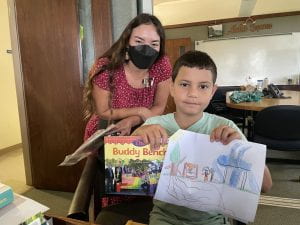
To show HAʻAHAʻA,
- Empty yourself – set aside your ego
- Be thoughtful of others and their perspective
- Listen but also be watchful
5 PURSUITS of ʻOLUʻOLU
Inspired by Gholdy Muhammad
Please watch this: The Buddy Bench written by Patty Brozo and illustrated by Mike Deas. (Note this is not the same book Maleko read) Then with you child, answer the following:
IDENTITY: Have you ever felt too shy or afraid to join others that are playing a game you want to join? Have you ever noticed other kids watching from the side and asked them if them want to join in? What have you done in those situations?
SKILLS: The Buddy Bench uses a Coupled Rhyme scheme where the end of each pair of lines rhyme. For example,
“Iʻm new here,” said Will, “and todayʻs my first day. No one but you has asked me to play.” “Well help us keep this kite in the air.” “Okay,” said Will, “I’ll be right there.”
Create your own poem about doing something fun at school using a Coupled Rhyme scheme.f=]
INTELLECT: Similar to an architect or engineer, an Industrial Designer is someone who designs products like benches that are manufactured. Watch this video about a college student studying to be an Industrial Designer.
CRITICALITY: Other than a Buddy Bench, think of other things could be used to help connect people who feel lonely or want to make friends.
JOY: In the story, the Buddy Bench says, “Buddy Bench – Nobody Alone.” Come up with a phrase you would like to see on a Buddy Bench and decorations that go along with it.
PROJECT-BASED LEARNING IN MATH ENRICHMENT
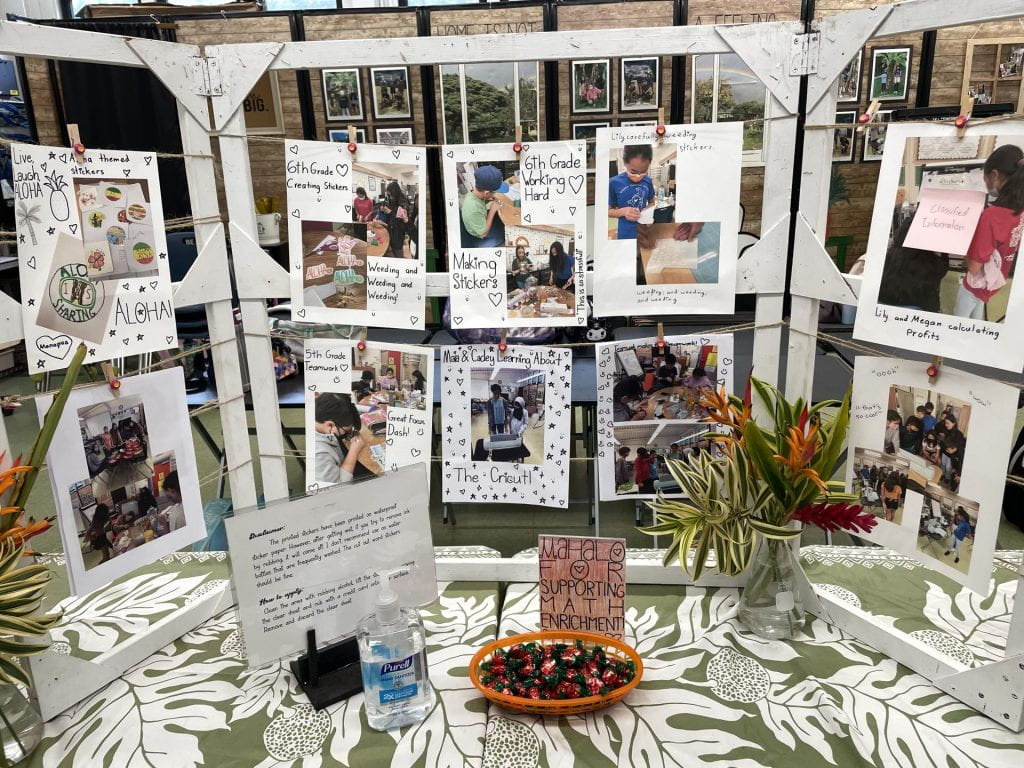
Speaking of applying what’s being learned to better the world, our math enrichment students decided they wanted to use their math skills to raise money to support a good Samaritan who has been showing the Live Aloha spirit to people in his community. So they created different products centered around the theme of Aloha to support our school’s efforts and sold them to our staff and ohana. To ensure they could reach the goal of covering their costs while making enough for a sufficient donation, students needed to do all the calculations associated with running a business…without even a business degree. The project was a great success and the shopping was a highlight of our faculty meeting. Mahalo nui loa Math Enrichment students and their teacher, Mrs. Chinen.
MAHALO NUI LOA: Morning Traffic Volunteers
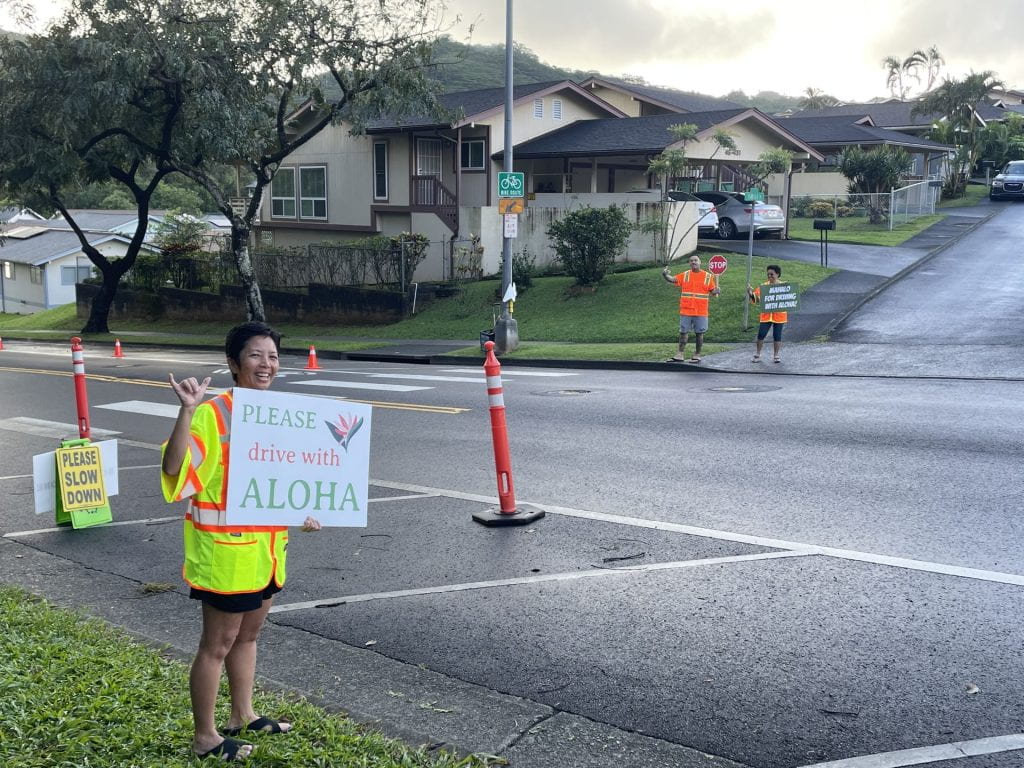
Throughout the year, we’ve been blessed to have parent, Joni Kamiya and her team of volunteers assist those crossing Mokulele get to school and remind those traveling that road to obey the speed limit. This Mokulele safety team has surely helped our students and families remain safe and we are thankful for their service.
DAILY VIRTUAL PIKO RETURNS – please join us
Now that testing is over, we resume our Daily Virtual Piko. This practice helps us become centered and ready to learn. It helps us get on the same page, hearing one message of focus for the day and the week. If you are able, we begin at 8 AM everyday except Wednesday when we conduct the piko in-person.
https://hidoe.zoom.us/j/89410873182?pwd=dERWOEs2SldQdW5aZHpDM29vdWdhdz09
UPCOMING EVENTS
| Thur, May 25, 2023 | 6th Grade Promotion Ceremony |
| Fri, May 26, 2023 | Schoolwide Awards Assembly (Students & Staff Only – ceremony will be posted on KES website) Last day of school |


